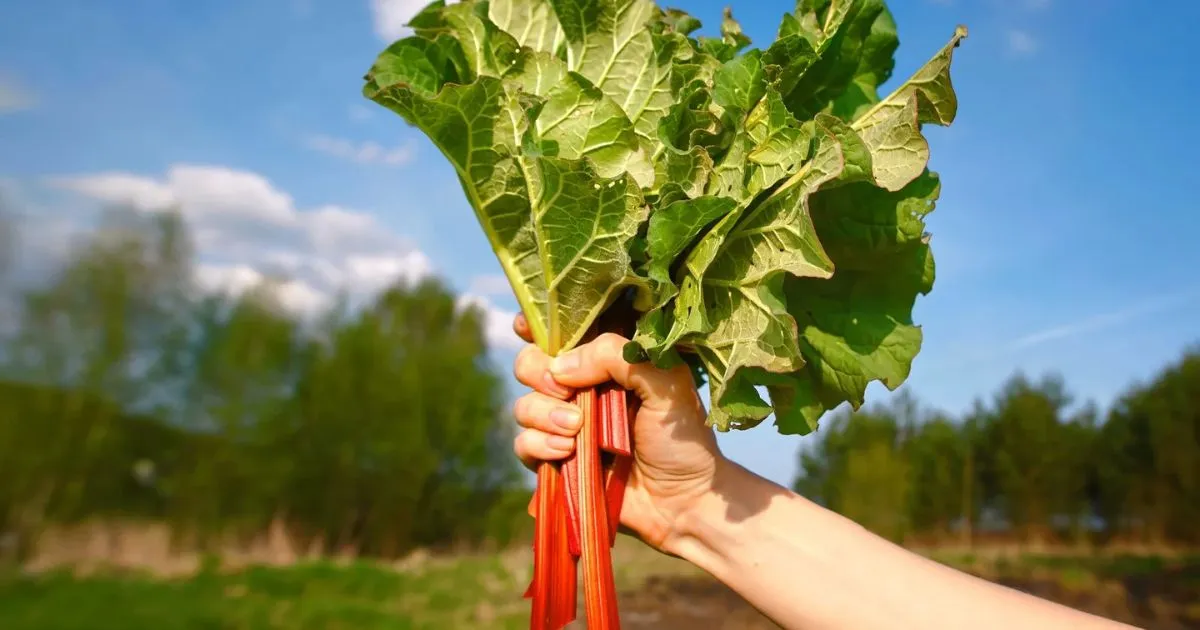Table of Contents
Rhubarb is a versatile and hardy perennial plant that has been a staple in gardens for centuries. Known for its tart, flavorful stalks, rhubarb is often used in pies, jams, and desserts. However, to grow a healthy and productive rhubarb plant, it’s essential to understand its growing requirements, particularly whether it thrives in sun or shade. This article will explore the ideal conditions for rhubarb planting, focusing on sunlight and shade, and provide tips for ensuring a bountiful harvest.
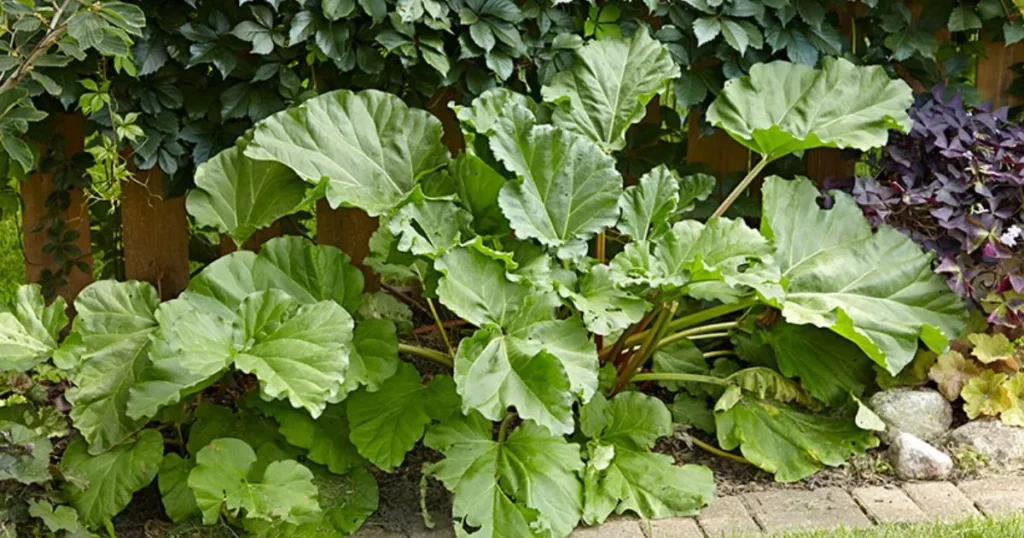
Understanding Rhubarb: A Brief Overview
Before diving into the specifics of sun and shade requirements, it’s important to understand the basics of rhubarb. Rhubarb (Rheum rhabarbarum) is a cool-season crop that prefers temperate climates. It is grown for its thick, edible stalks, which are typically red, green, or pink. The leaves, however, are toxic due to high levels of oxalic acid and should never be consumed.
Rhubarb is a low-maintenance plant that can thrive for many years if given the right conditions. One of the most critical factors in growing rhubarb successfully is providing the appropriate amount of sunlight.
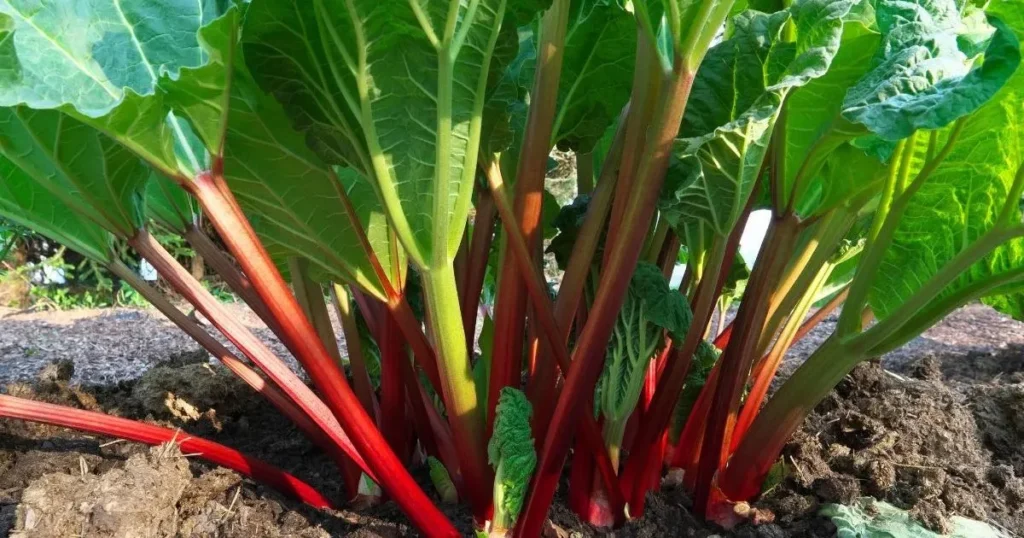
Rhubarb Planting: Sun or Shade?
When it comes to rhubarb planting, sun or shade is a common question among gardeners. The answer lies in understanding the plant’s natural habitat and growth preferences.
Rhubarb’s Sunlight Requirements
Rhubarb is a sun-loving plant that thrives in full sun to partial shade. Ideally, it requires at least 6 hours of direct sunlight per day to grow vigorously and produce robust stalks. In regions with cooler climates, full sun is preferable, as it helps the plant photosynthesize efficiently and build up energy reserves for the next growing season.
However, rhubarb can tolerate partial shade, especially in hotter climates. In areas with intense summer heat, providing some afternoon shade can prevent the plant from wilting or becoming stressed. Too much shade, though, can lead to weak, spindly growth and reduced yields.
The Role of Shade in Rhubarb Growth
While rhubarb prefers sun, it can benefit from some shade during the hottest part of the day. In regions with scorching summers, excessive sunlight can cause the soil to dry out quickly, leading to moisture stress. Providing light shade, such as under a tree or near a taller plant, can help regulate soil temperature and retain moisture.
It’s important to strike a balance. Too much shade can result in poor growth and smaller stalks, while too much sun in hot climates can cause the plant to bolt or become stressed
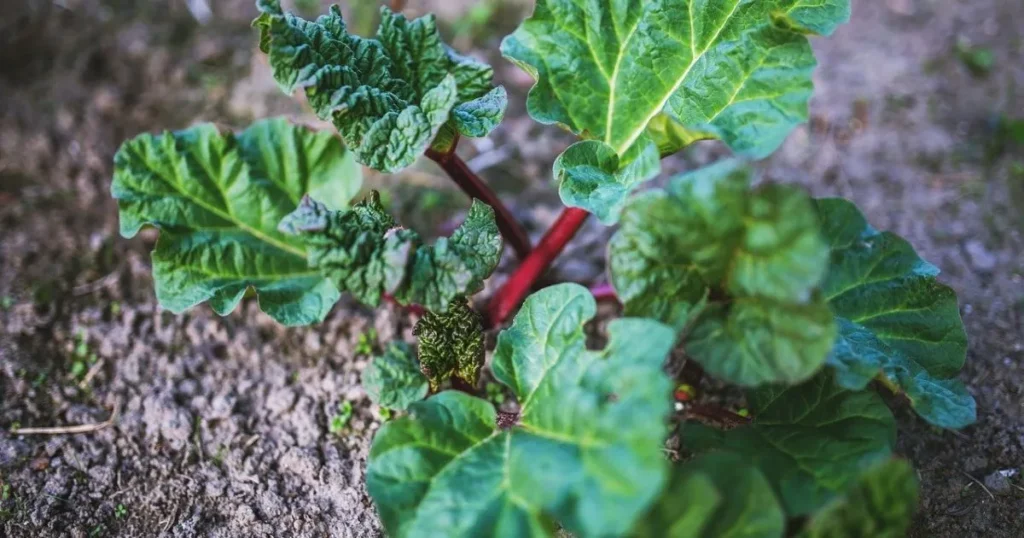
Factors to Consider When Choosing a Planting Location
When deciding whether to plant rhubarb in sun or shade, consider the following factors:
1. Climate
- Cool Climates: In cooler regions, rhubarb thrives in full sun. The ample sunlight helps the plant grow vigorously and produce large, flavorful stalks.
- Hot Climates: In warmer areas, partial shade during the afternoon can protect the plant from heat stress and prevent the soil from drying out too quickly.
2. Soil Conditions
Rhubarb prefers well-draining, fertile soil rich in organic matter. Whether planted in sun or shade, the soil should retain moisture without becoming waterlogged. Adding compost or well-rotted manure can improve soil structure and fertility.
3. Space and Airflow
Rhubarb plants can grow quite large, with some varieties reaching up to 3 feet in height and width. Ensure the planting location has enough space for the plant to spread out. Good airflow is also essential to prevent fungal diseases, which can be more prevalent in shady, damp conditions.
4. Companion Planting
Consider planting rhubarb near taller plants that can provide partial shade during the hottest part of the day. Good companions include beans, peas, or sunflowers. Avoid planting rhubarb near potatoes or other plants that compete for nutrients.
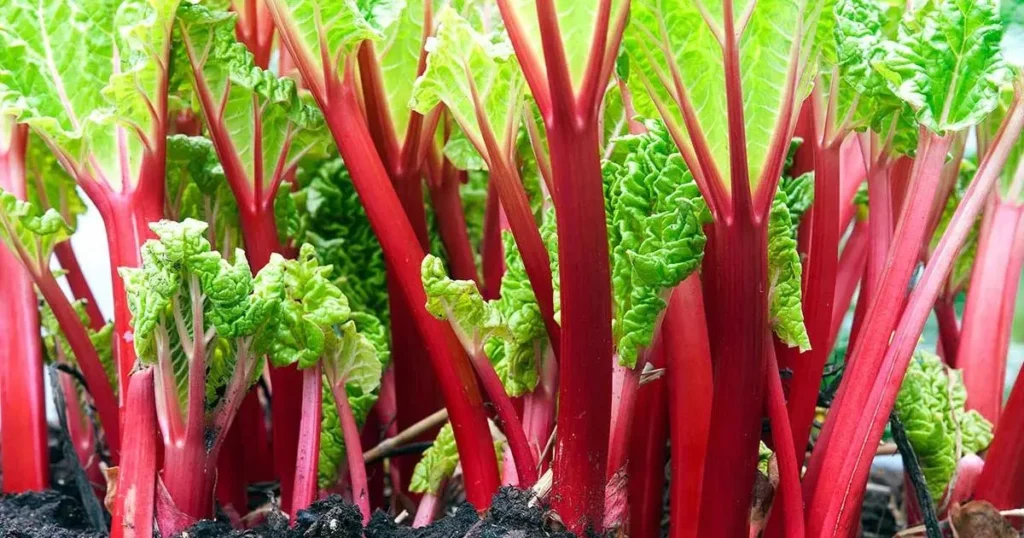
Rhubarb Planting : Step-by-Step Guide
Now that you understand the importance of sunlight and shade in rhubarb planting, here’s a step-by-step guide to planting and caring for your rhubarb:
Step 1: Choose the Right Variety
Select a rhubarb variety suited to your climate. Popular varieties include ‘Victoria,’ ‘Canada Red,’ and ‘Crimson Red.’ Some varieties are more tolerant of heat or cold, so choose accordingly.
Step 2: Prepare the Soil
Rhubarb prefers slightly acidic to neutral soil (pH 6.0–7.0). Work the soil to a depth of at least 12 inches and incorporate plenty of organic matter, such as compost or aged manure.
Step 3: Planting Rhubarb Crowns
Rhubarb is typically grown from crowns (root divisions) rather than seeds. Plant the crowns in early spring or fall, spacing them 3–4 feet apart. Dig a hole deep enough to accommodate the roots and position the crown so that the buds are just below the soil surface.
Step 4: Watering and Mulching
Water the newly planted crowns thoroughly and apply a layer of mulch to retain moisture and regulate soil temperature. Keep the soil consistently moist but not waterlogged.
Step 5: Fertilizing
Feed rhubarb with a balanced fertilizer in early spring and again after the harvest season. Avoid over-fertilizing, as this can lead to excessive leaf growth at the expense of stalk production.
Step 6: Harvesting
Wait until the second year after planting to harvest rhubarb. This allows the plant to establish a strong root system. Harvest stalks by pulling them gently from the base, and never remove more than one-third of the plant at a time.
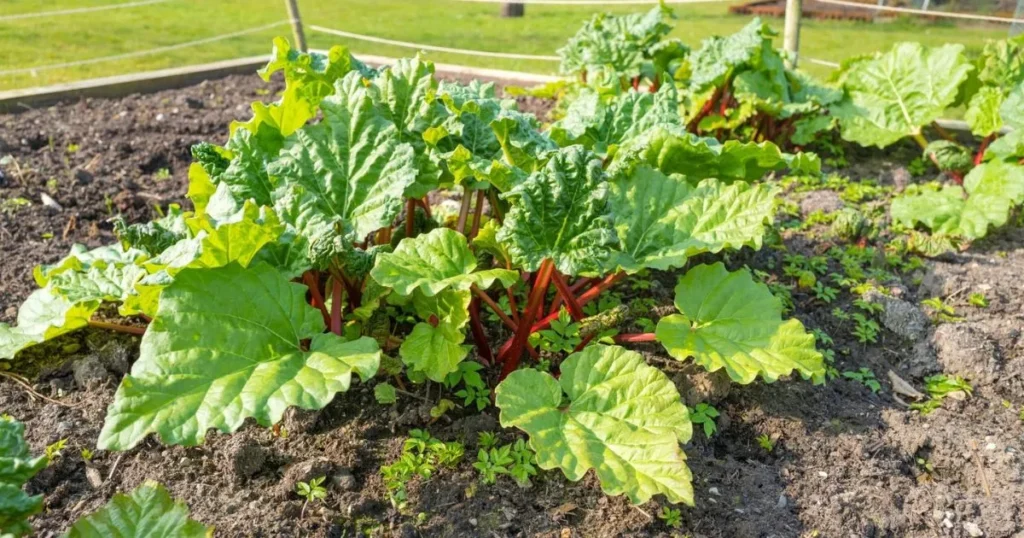
Common Challenges in Rhubarb Planting
Even with the right balance of sun and shade, rhubarb can face some challenges. Here are a few common issues and how to address them:
1. Bolting
Bolting occurs when rhubarb produces a flower stalk, which diverts energy away from stalk production. To prevent bolting, ensure the plant receives adequate sunlight and water. Remove flower stalks as soon as they appear.
2. Pests and Diseases
Rhubarb is relatively pest-resistant, but it can be affected by aphids, slugs, or fungal diseases like crown rot. Proper spacing, good airflow, and avoiding overwatering can help prevent these issues.
3. Poor Growth
If your rhubarb is not growing well, it may be due to insufficient sunlight, poor soil conditions, or overcrowding. Reassess the planting location and make adjustments as needed.
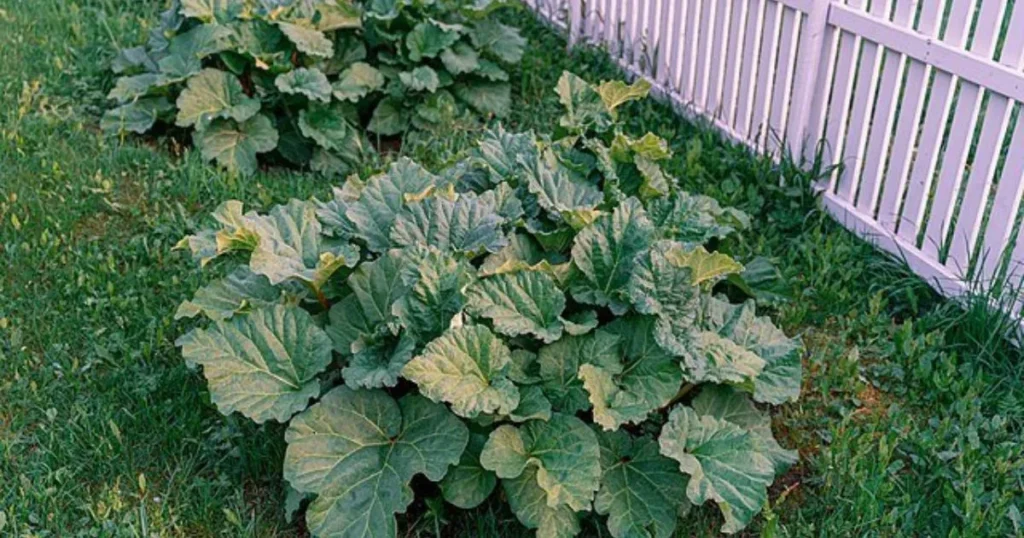
Conclusion:
In conclusion, rhubarb planting, sun or shade is a critical consideration for any gardener looking to grow this versatile plant. Rhubarb thrives in full sun but can tolerate partial shade, especially in hot climates. The key is to provide at least 6 hours of direct sunlight while ensuring the soil remains moist and well-draining.
By understanding the plant’s needs and choosing the right location, you can enjoy a bountiful harvest of rhubarb stalks for years to come. Whether you’re a seasoned gardener or a beginner, rhubarb is a rewarding addition to any garden.
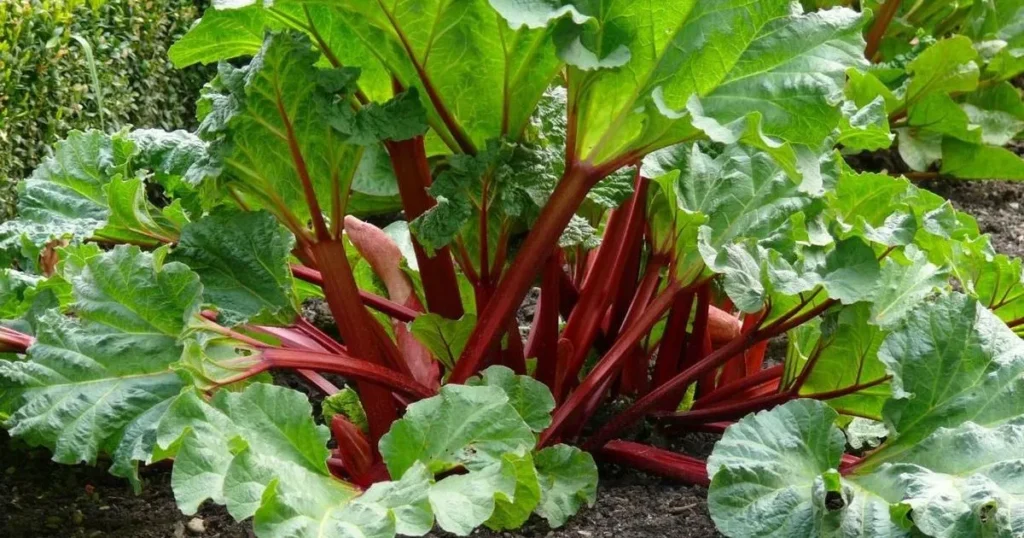
FAQs
1. Can rhubarb grow in full shade?
No, rhubarb requires at least 6 hours of direct sunlight per day to grow well. Full shade will result in weak, spindly growth and poor yields.
2. How much sun does rhubarb need?
Rhubarb needs at least 6 hours of direct sunlight daily. In cooler climates, full sun is ideal, while partial shade can be beneficial in hot regions.
3. Can I grow rhubarb in a hot climate?
Yes, but it’s important to provide some afternoon shade to protect the plant from heat stress. Ensure the soil remains moist and well-draining.
4. What type of soil is best for rhubarb?
Rhubarb prefers well-draining, fertile soil rich in organic matter. A slightly acidic to neutral pH (6.0–7.0) is ideal.
5. How often should I water rhubarb?
Keep the soil consistently moist but not waterlogged. Water deeply once or twice a week, depending on weather conditions.
6. When is the best time to plant rhubarb?
The best time to plant rhubarb is in early spring or fall, when temperatures are cooler.
7. Can I grow rhubarb in a container?
Yes, but choose a large container with good drainage and ensure the plant receives enough sunlight. Container-grown rhubarb may require more frequent watering.

